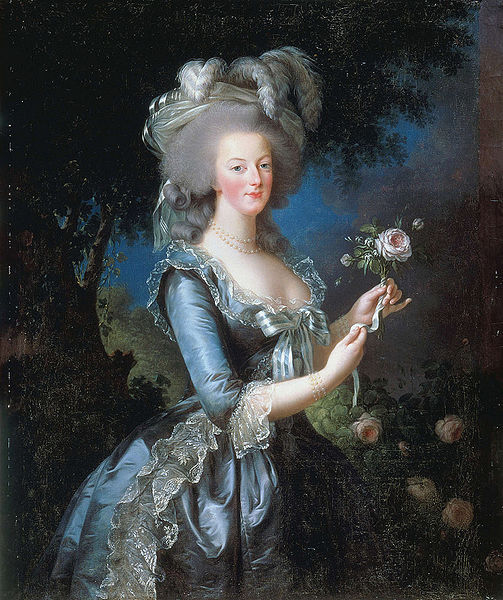It is hardly surprising that the outpouring of joy that was Trans Pride last weekend has been followed by a barrage of attacks on trans people by white feminists. What I have found interesting is the form that those attacks have taken.
For a long time these people have complained bitterly about how badly they are oppressed by trans folk because we call them rude names. (They call for us to undergo aversion therapy and be denied human rights, we call them names; they are clearly far more oppressed by us than we are by them.) They don’t like being called TERFs because, well, the whole thing is a nonsense. Of course they are radical feminists but, they hold, trans women are “really†men, so excluding them from feminism is like excluding tarantulas from the group, kittens.
Most of all, however, they don’t like being called “cisâ€. Now “cis†is a piece of standard Latin that is the opposite of “transâ€. It will be familiar to anyone who has studied chemistry, or the history of Gaul. It has been used to describe people who are not trans at least as far back as 1914. But according to the TERFS (oops, sorry, did it again) “cis†is a hate word recently coined by trans activists for the express purpose of oppressing them. It is, apparently, a slur.
As Roz Kaveney pointed out on Twitter yesterday, if we called them “squidges†they would claim that was a slur. If we called them fluffy bunny-wunnies they’d call that a slur too.
Last week, however, the TERFs (Bad Cheryl! No biscuit, Cheryl!) have started to claim that they can’t be cis because they too are victims of gender-identity-based oppression.
To understand how this can happen you need to know a bit about what we call the Trans Umbrella. It is a catch-all term for people who identify in some way outside of social gender norms. You see, we can’t just have “trans†mean people who have undergone full gender re-assignment surgery. There are people who, for a variety of good reasons, are unable or unwilling to do so. There are also people who identify as third gender, or non-gendered, or intersex, for whom no surgical options (and in most cases no legal protections exist). All of these people deserve the support and siblingship of those of us who do happen to conform closely to the medical profession’s standard trans narrative, and one of the triumphs of both Trans Pride and the My Genderation films is their acceptance of this broad spectrum of transness.
Also included under this umbrella are some people who still identify with the gender that they are assigned at birth. Typically they are male cross-dressers — either drag queens, who do so openly and flamboyantly, or those who do so privately at home, or in cross-dressing clubs.
There are many reasons for accepting such people under the umbrella. It is always difficult to know where to draw the line. Drag queens often identify as female when in their female persona. In years past being a “female impersonator†was one of the few jobs open to trans women (April Ashley and Amanda Lear both did this). And many men who are trying to come to terms with their complex feelings about gender start out by cross-dressing and come to realize that there is more to it than that.
What about female cross-dressers? Well, there are drag kings, who are absolutely welcome under the umbrella. There is less need, however, at least in Western society, for women who wish to express a masculine side through clothing choices to do so in secret. If a woman cuts her hair short, wears trousers (pants) instead of skirts, or goes without make-up, it is unlikely to affect her employability or social status that much. Certainly not in the same way as would affect a man who wanted to go to work in a dress, high heels and make-up. There is an imbalance of prejudice; and one that is rooted in the sexist notion that a woman who wants to be more like a man is expressing admirable ambition, whereas a man who wants to be more like a woman is insane.
There are, of course, female-bodied, female-assigned-at-birth people who identify as “genderqueerâ€. I know a few, and am perfectly happy with that. I have a suspicion that these days there are some young women who are politically genderqueer in the same way that some radical feminists are politically lesbian — that is they embrace the term because it makes them sound more oppressed, but they reject the practice. However, what the TERFs are now proposing goes way beyond even that.
(OK, you are busted, girl. One hundred lines for you. Write out, “I must not call the TERFs “TERFsâ€.)
The current proposal is to make the umbrella so leaky that it lets in everything and keeps out nothing. It states that every woman who is opposed to gender-policing in society — every woman who hates pink, or who doesn’t want to be a princess, or who prefers short hair, or doesn’t like being addressed as “dearâ€, or has bridled at sexism in any way, at all, ever, is in fact not “cisâ€, because she allegedly has a non-binary gender identity.
It is a bit difficult to understand what they are trying to achieve by this. Although they claim to be not cis, they certainly don’t want to be called trans. Indeed, I get the impression that the only terms they would find acceptable are things like “normal women†or “real womenâ€, because in their eyes any term that does not implicitly state their superiority to trans women is a slur.
What I suspect they are doing, besides mess with trans people’s heads, which for them is as much a favorite pastime as trolling is for the mens’ rights gang, is trying to get the vast mass of women angry about the term “cisâ€. The message they are trying to get across is, “if anyone calls you ‘cis’ they mean that you do not suffer from sexismâ€. That, of course, targets every woman on the planet (yes, even that Mrs. Windsor doubtless has a tale or two). And by doing so they hope to a) make the term “cis†useless and b) get lots more people to hate trans women and their allies.
In addition they may be trying to indicate that this is all there is to being not cis. That is, the only negative consequences of having a female gender identity are those consequences faced by all women. As a result of which, trans women cannot be any more oppressed than anyone else. Because, as we all know, there is no one in the universe more oppressed than the rich, middle-class, white feminist forced to subsist on a constant diet of lobster and Bolly lunches.
My heart bleeds for them.
On a more positive note, I found this post about Trans Pride very interesting. I suspect that Andie is being a bit unfair to Sparkle. I’ve never been to it. While I understand that it did start out as more of a party for male-identified cross-dressers than anything else, it appears to have evolved into something much more. Besides, I am inclusionary by nature. However, I think Andie’s point about Trans Pride being a place where we don’t have to feel ashamed of who we are is spot on. That’s still where trans rights are in this country.







